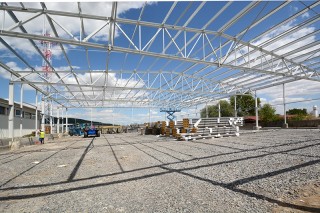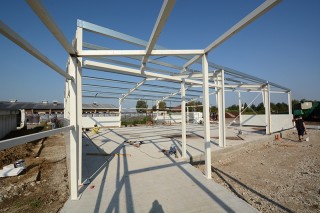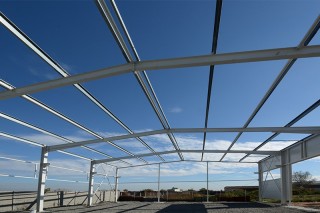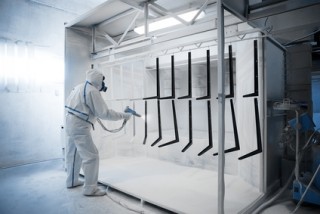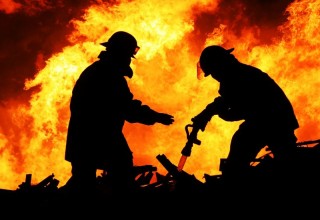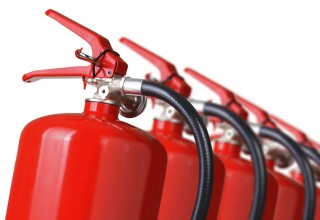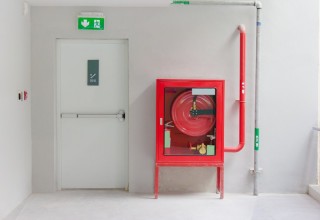Pros and cons of steel halls compared to brick buildings
Added 06.08.2015How is steel better?
Investors often ask us when and under what conditions steel buildings are better than masonry buildings.
Our answer is often a consideration of the size of the hall, which we recommend for prefabricated halls up to 200m2, when it is more economical to choose a prefabricated steel hall over a brick hall. The larger hall size reduces the unit cost - lower unit price for materials, design work and administration associated with the hall. The price for a prefabricated hall from 10x20 is already more advantageous and very interesting.
For larger halls, the speed of construction is also decisive for investors, which is incomparable to the complexity of brick or concrete halls. We are able to complete prefabricated halls within 1 month, large halls within 2 months and the investor can quickly use the hall for his business plans.
The main advantages of steel halls:
- low weight of steel frame construction
- significantly lower cost of a steel hall compared to a brick hall
- speed of construction
- Variability of construction, possibility of using truss construction or full-wall beams
- easy placement of all distribution lines along the hall structure
- any source of hall heating and lighting can be accommodated
- the steel structure allows for easy future modifications of the hall
- steel halls are almost maintenance-free
- more recyclable than concrete halls
Disadvantages of steel construction
- lower fire resistance compared to concrete
- higher risk of corrosion of steel
1. Ensuring the fire resistance of steel halls
The fire resistance of steel structures is low, with rapid heating of unprotected sections at high temperatures and loss of mechanical properties - yield strength and modulus of elasticity.
The fire resistance in conventional production halls is usually recommended by fire brigades to be 15 minutes, which steel structures with cladding meet without problems. Calculating the fire resistance of steel halls to 15 minutes has become standard design practice.
If a higher fire resistance than 15 minutes is required, the structure must be protected against the effects of fire in accordance with Eurocode EN - 1993.
A fire resistance of 30 minutes is required for two-storey administration halls, single-storey warehouses, especially warehouses for combustible materials.
Increasing the fire resistance of prefabricated halls:
- Increased dimensioning of the steel structure
- fire-resistant coating
- fire-resistant cladding
- structural walling
- fire-resistant plastering
- fire protection ceilings
- Mineral sheathing panels and panels with IPN foam
more about fire resistance of steel structures
2. Reducing the risk of steel corrosion
We double paint our steel structures in the factory at a thickness of 100my and one more time the structure is repainted on site. This treatment makes the structure resistant to corrosion.
In more aggressive environments it is advisable to galvanise the structure - especially where there is moisture and acidic environments. Galvanised construction is more expensive than painted, but the zinc coating is durable and the structure no longer needs to be repainted or otherwise protected.
more about galvanizing a steel structure


